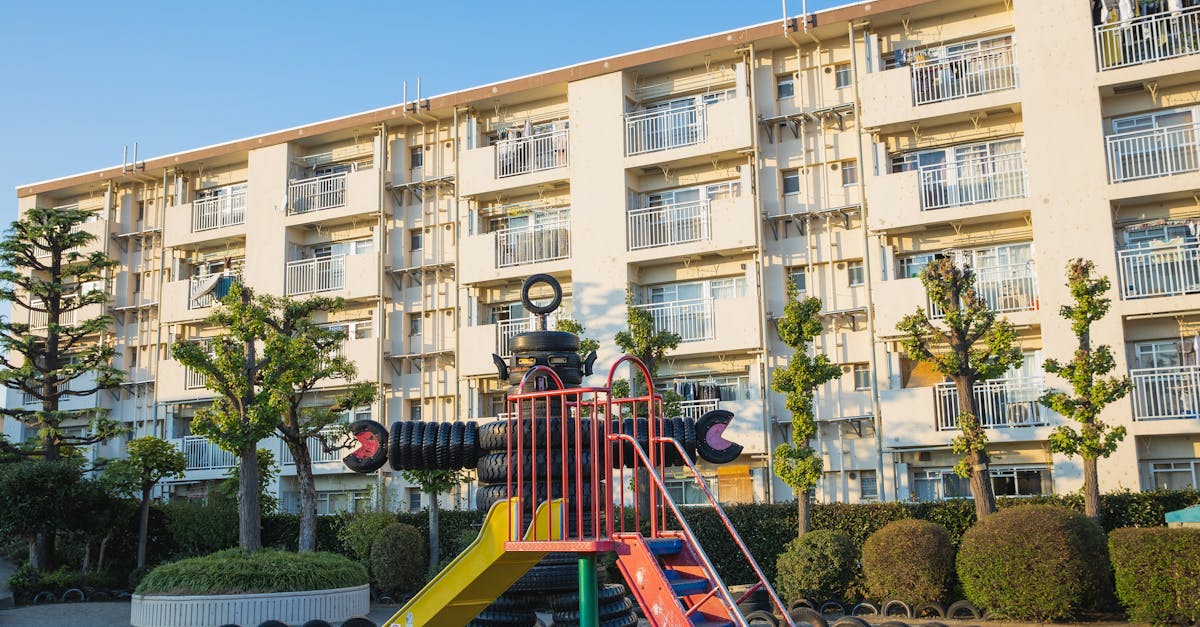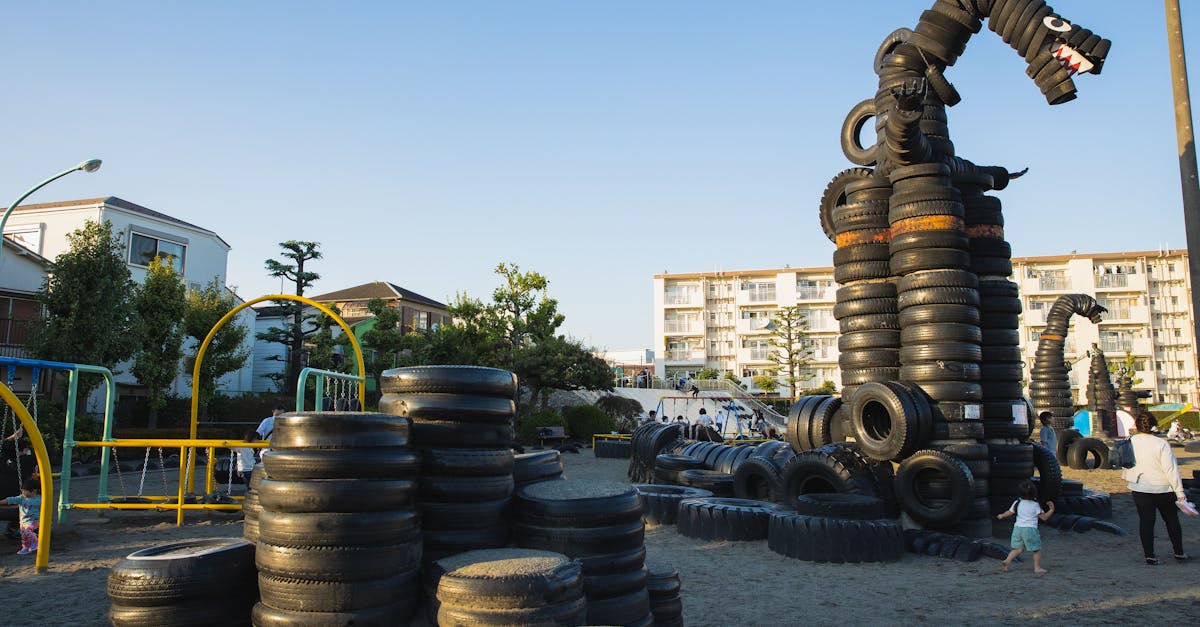
Table Of Contents
Start Trimming or Cutting
Start trimming or cutting tree branches that are near your home by first assessing the size and health of the branches. Use appropriate tools such as pruning shears for smaller branches and a handsaw or chainsaw for larger ones. Ensure that you have a clear plan of which branches to remove and how to do so safely. Before you begin, make sure to wear protective gear such as gloves, goggles, and sturdy shoes to prevent any injuries. Once you have cut the branches, gather them into manageable piles for Yard Waste Removal.
When cutting tree branches, it is essential to follow proper techniques to avoid damaging the tree or causing harm to yourself. Cut at a slight angle just above a bud or side branch to promote healthy growth. Be cautious of any power lines or structures nearby to prevent accidents. If a branch is too heavy or high to cut safely on your own, consider hiring a professional tree service for assistance. After trimming or cutting, inspect the tree for any signs of disease or damage that may require further attention.
Follow Proper Techniques to Remove the Branches Safely
To ensure that the process of removing tree branches near you is conducted safely and efficiently, it is crucial to follow proper techniques. Safety should always be the top priority when dealing with potentially dangerous tasks such as tree branch removal. When beginning the trimming or cutting process, it is essential to use appropriate tools, such as sharp pruning shears or a handsaw. By having the right tools for the job, you can minimize the risk of accidents and injuries. Be sure to wear protective gear, such as gloves and safety goggles, to shield yourself from any debris that may fall during the cutting process.
After the branches have been successfully removed, the next step is to dispose of them properly. Yard waste removal services may be available in your area to assist in the removal of the tree debris. It is important to check with your local waste management company to determine the proper procedures for disposing of yard waste. Recycling or composting the tree debris is also an eco-friendly option that can benefit the environment. By taking the necessary steps to remove and dispose of the branches safely, you can complete the task efficiently while ensuring the well-being of yourself and your surroundings.
Dispose of the Branches Properly
After trimming or cutting tree branches near your property, it is crucial to dispose of the debris properly. Utilizing a yard waste removal service can aid in efficiently getting rid of the branches. These services often have designated bins or trucks to collect and dispose of tree debris, ensuring that it is taken away from your premises promptly and in accordance with local regulations.
Yard waste removal not only helps in maintaining the cleanliness of your surroundings but also prevents potential safety hazards that may arise from leaving tree branches lying around. By promptly disposing of the cut branches, you can prevent trip hazards and pest infestations while ensuring a neat and tidy yard. Be sure to contact your local waste management services or landscaping companies for assistance in yard waste removal to effectively and responsibly dispose of the tree branches.
Recycle or Compost the Tree Debris if Possible
Recycle or composting your tree debris can be an environmentally friendly and sustainable way to dispose of the branches that you have trimmed or cut down. Yard waste removal through recycling or composting can help reduce the amount of waste ending up in landfills, contributing to a greener environment. By recycling or composting tree debris, you can also create nutrient-rich compost for your garden or landscaping projects, supporting the cycle of life in your outdoor space.
Many communities offer yard waste removal services that include pick up of tree debris for composting or recycling. Check with your local waste management department to see if such services are available in your area. Some areas provide designated drop-off locations for yard waste, making it easy for you to responsibly dispose of your tree debris. Recycle or composting your tree debris not only benefits the environment but also helps you manage your yard waste more efficiently.
Inspect the Tree for Health
Inspect the tree for overall health by closely observing its branches, leaves, and trunk. Look for any signs of pest infestation, such as holes or webs, which might indicate a declining tree health. Additionally, check for any discoloration in the leaves or unusual growth patterns that could signal disease. It is crucial to address these issues promptly to prevent further damage to the tree. If you notice any concerning issues related to the tree's health, consider consulting with a professional arborist for advice on proper tree care and maintenance to ensure its longevity.
As part of maintaining a healthy tree, incorporate regular inspections into your yard maintenance routine to ensure the tree's well-being. Routinely remove dead or decaying branches to facilitate the tree's growth and minimize potential hazards. By prioritizing tree health, you can contribute to the overall beauty and safety of your property. Remember, a proactive approach to maintaining tree health not only enhances the aesthetics of your yard but also reduces the need for extensive Yard Waste Removal in the future.
Check for Signs of Disease or Damage that may Require Professional Assistance
Inspecting your tree for signs of disease or damage is crucial to ensure its overall health and safety. If you notice any abnormal discoloration, oozing sap, or decaying areas on the branches, it may indicate the presence of a harmful disease. In such cases, seeking professional assistance for proper diagnosis and treatment is advisable to prevent further spread and potential tree loss. Remember that early detection plays a significant role in effectively addressing any underlying issues that could affect the tree's well-being.
Similarly, visible damage caused by pests, severe weather conditions, or structural weaknesses could compromise the stability of the tree. If you observe any large cracks, hollow areas, or significant leaning, it is recommended to consult an arborist or tree care specialist for evaluation and appropriate action. Proactive measures in addressing such concerns not only contribute to maintaining a visually appealing landscape but also promote a safe environment for you and your surroundings. Remember, when in doubt about the health of your tree, prioritizing professional assistance is key to effective Yard Waste Removal.
FAQS
Can I trim or cut tree branches near me on my own?
Yes, you can trim or cut tree branches near you on your own, but make sure to follow proper techniques to ensure safety.
How should I dispose of the branches after cutting them?
It is important to dispose of the branches properly. You can recycle or compost the tree debris if possible, or contact your local waste management for guidance.
How can I inspect the tree for its health before removing branches?
Before removing branches, inspect the tree for signs of disease or damage that may require professional assistance. Look for any abnormal growths, discoloration, or pests.
What are some proper techniques to remove tree branches safely?
To remove tree branches safely, make sure to use sharp tools, wear appropriate safety gear, and cut at the right angle to prevent damaging the tree.
When should I seek professional assistance to remove tree branches near me?
If you notice any signs of disease, extensive damage, or if the branches are too large or high to safely remove on your own, it is best to seek professional assistance.
